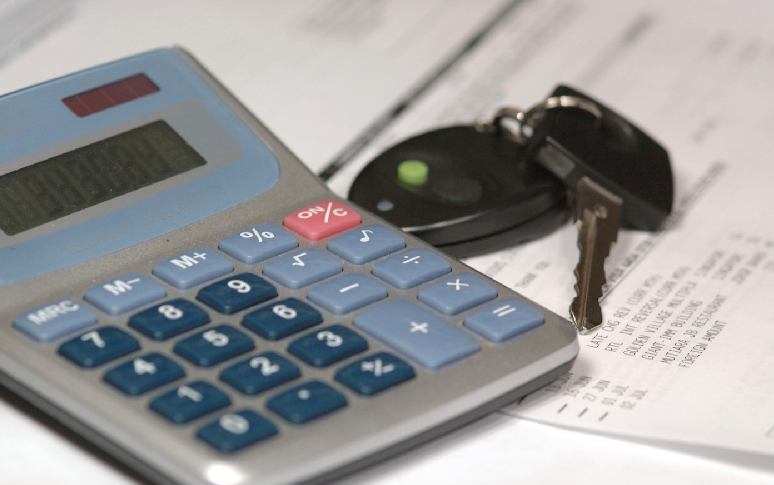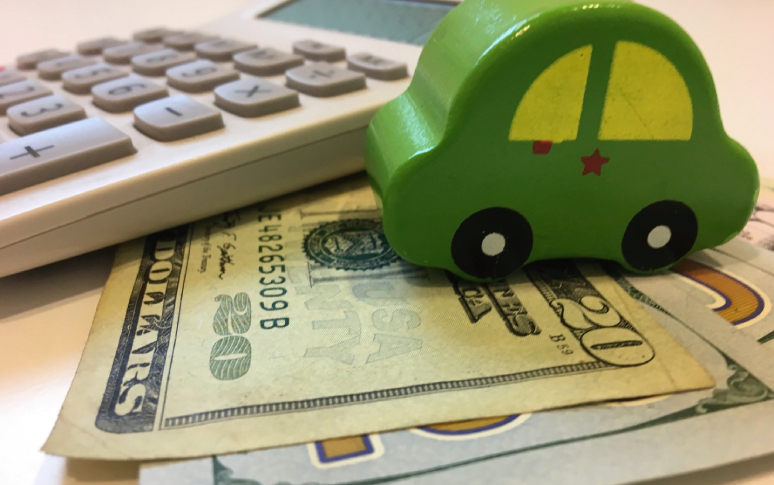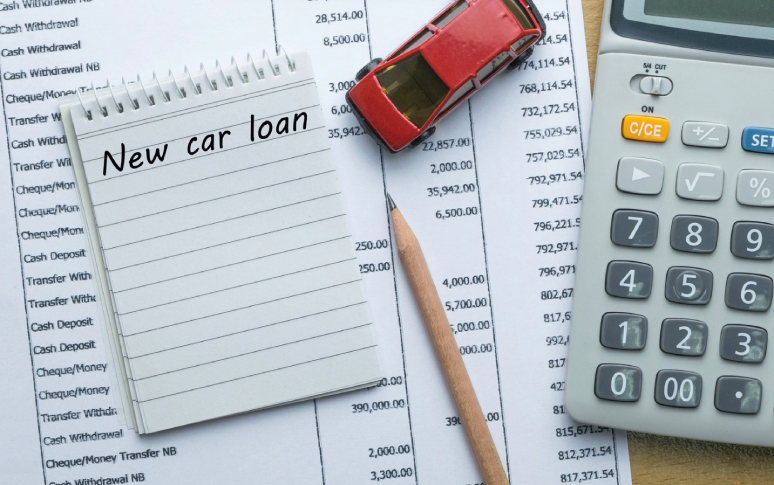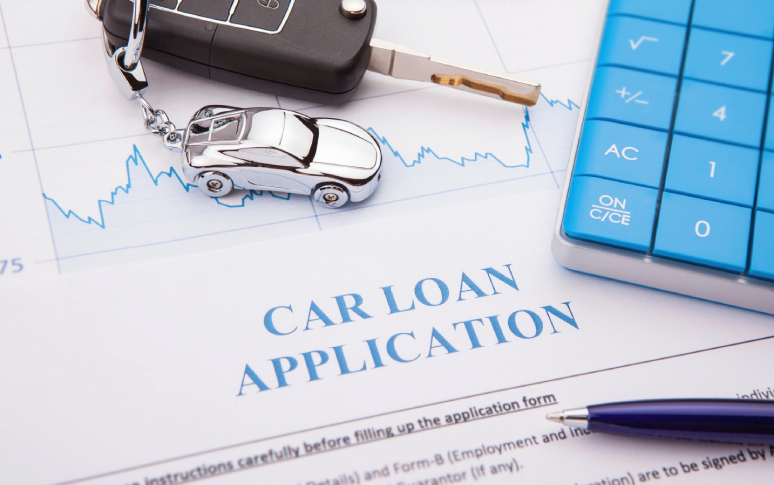Subprime Auto Loans: A Guide To Get Lower Interest Rates
Need a car but have bad credit? Subprime vehicle loans can help, but their exorbitant interest rates can cost you hundreds of dollars more. Find out how to deal with these loans, boost your chances of getting approved, and maybe even save money even if your credit isn't great.
What are Subprime Auto Loans?
People with bad credit or no credit history might get special loans called subprime auto loans. When you can't get a regular loan, think of them as a way to get money, but they cost more. Lenders consider customers with bad credit as a bigger risk, therefore they charge higher interest rates on subprime loans.The word "subprime" became very well known during the subprime mortgage crisis of 2007–2008. The number of subprime lenders went down following the Great Recession, but they have come back. These loans are the only way for many people with bad credit to buy a car, even though they cost more and have higher interest rates.

Who Qualifies for a Subprime Auto Loan?
There isn't a clear set of rules that says who may acquire a subprime vehicle loan, but most people who do have a credit score between 580 and 619. FICO scores go from 300 to 850, thus subprime scores are on the lower end of that range.When you apply, lenders will want to see documentation of your income. If you work for someone else, pay stubs or tax records like W-2s or 1099s are usually enough. But if it's hard to confirm your income, you might need to provide bank documents that indicate you routinely put money in. Some people may be more open to different types of proof of income, while others only accept traditional proof of income.

How do Subprime Auto Loan Rates Compare?
Compared to loans for people with good credit, subprime vehicle loan rates can be very high. For example, in 2024, a new-car loan for a super prime borrower (credit score 781–850) had an interest rate of 5.61%, while a subprime borrower (credit score 501–600) had to pay 11.86%. The discrepancy was considerably bigger for used-car loans: super prime borrowers got 7.43% and subprime borrowers got 18.39%.However, these tariffs are not set in stone. Depending on the lender, the sort of car you're buying (new or used), and how long the loan is for, they can be different. You may figure out exactly how much you'll pay each month and throughout the term of the loan by using an auto loan calculator. It's like having a personal money manager who tells you how much it really costs to borrow money.

The Risks of Subprime Auto Loans
People who take out subprime vehicle loans should be aware of the risks that come with them. The hefty cost is a big risk. You could end up spending thousands of dollars extra over the life of the loan because interest rates are so much higher than prime loans. It's like going to a store and buying something modest, only to find out later that you paid twice as much as usual.Prepayment fines are another concern. If you want to pay off the loan early, certain lenders will charge you. Lenders use this to prevent themselves from losing out on the interest they thought they would earn, even if it may appear unjust. Also, if you don't make your payments on time, your automobile could be taken back, and your credit score could go down even more.

Benefits of Subprime Auto Loans
Even though there are hazards, subprime auto loans might also be good. For a lot of people who need a car, this is the only way to get one. Imagine living in a region where public transportation is sparse, and you need a vehicle to travel to work, take your kids to school, or run errands. A subprime loan can help you do that.Also, paying off a subprime auto loan on schedule can actually help your credit score get better over time. It's like starting from scratch to develop a strong name. If you manage the loan correctly, it shows future lenders that you're responsible, and you could be able to qualify for higher loans in the future.

How to Shop for the Best Subprime Auto Loan?
It takes some work to find a subprime auto loan, but it can save you a lot of money. First, look at your credit reports and scores from Equifax, Experian, and TransUnion. Knowing where you are might help you set goals that are possible to reach.After that, look at offers from a number of lenders, such as banks, credit unions, and online lenders. Look at more than simply the interest rate. Look at the loan conditions, fees, and penalties for paying off the loan early. Some lenders may have lower rates, but they may also have hidden costs that pile up. It's like looking for an airline ticket: you have to look at all the charges, not just the base fee.

Steps to Improve Your Chances of a Better Loan
It's a good idea to raise your credit score before you apply for an auto loan if you can. Paying off old debts, making sure you pay all of your payments on time, and keeping your credit card balances low can all help your score go up.You could also think about acquiring a secured credit card, which is a card that needs a cash deposit. If you use it wisely and pay your bills on time, it can help you build your credit history. It may take some time to do these things, but they could help you save a lot of money on your car loan in the long term.

What to do After Getting a Subprime Auto Loan?
It's crucial to keep up with your payments once you get a subprime vehicle loan. If you can, set up automated payments so you don't miss any due dates. If you're experiencing problems making a payment, contact your lender immediately. A lot of lenders are eager to work with you and may even provide you options like changing your payment plan for a short time.You should also check your credit score. Your score should start to go up when you make your loan installments on time. When that happens, you might be able to get a lower interest rate on your loan, which will save you money over the life of the loan.









